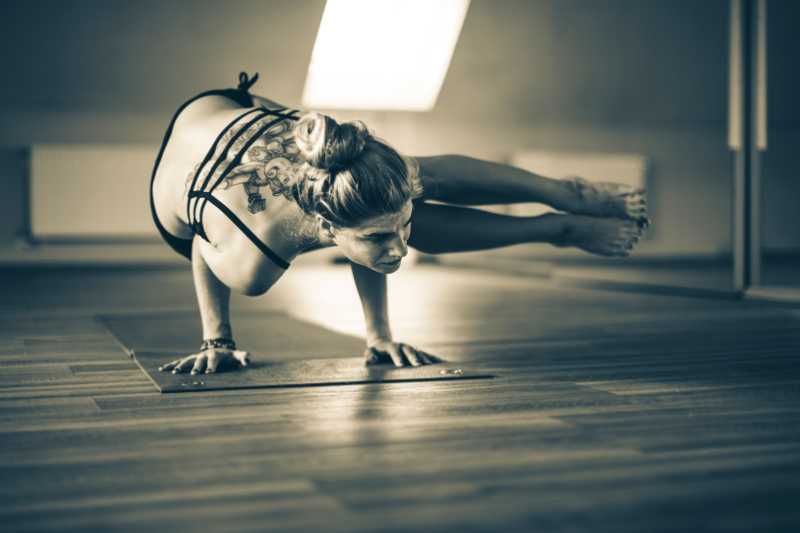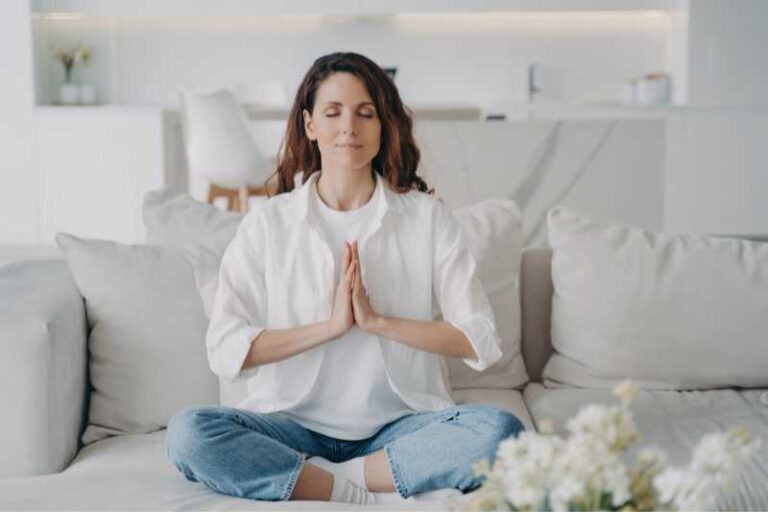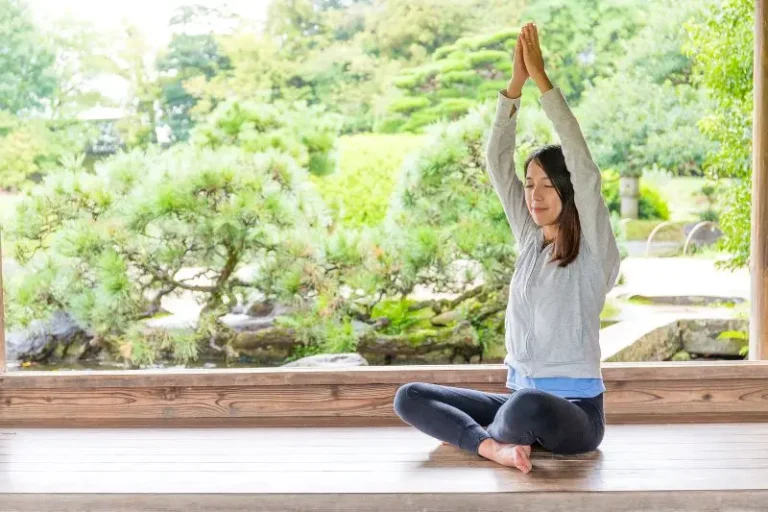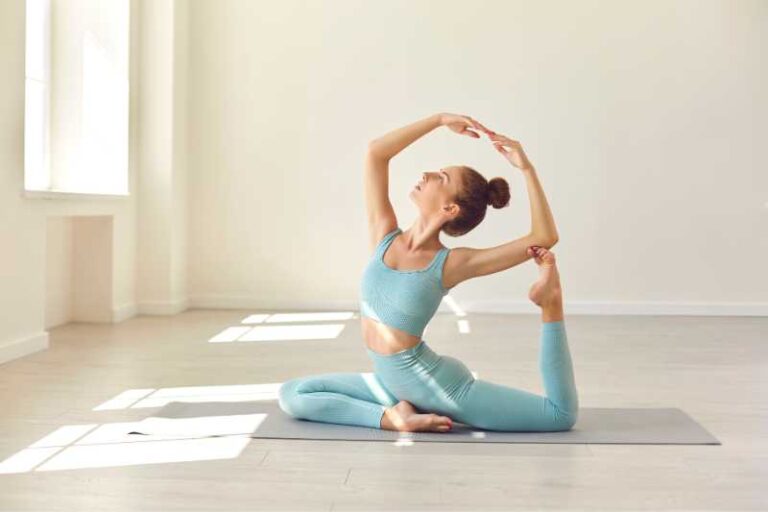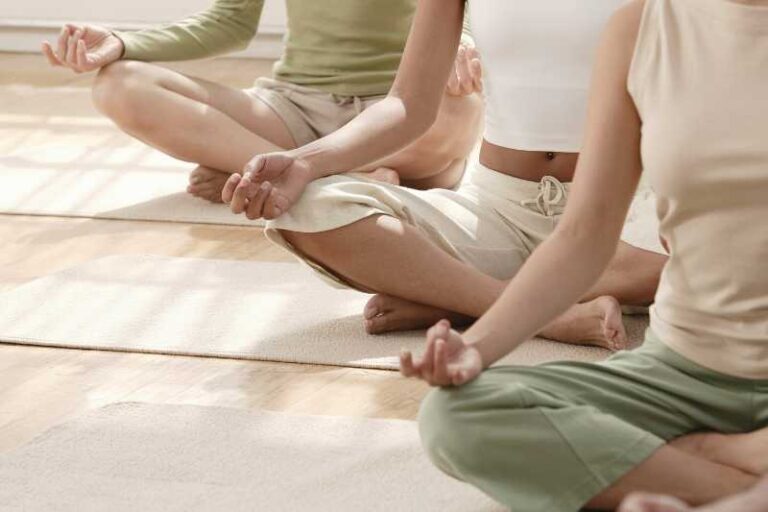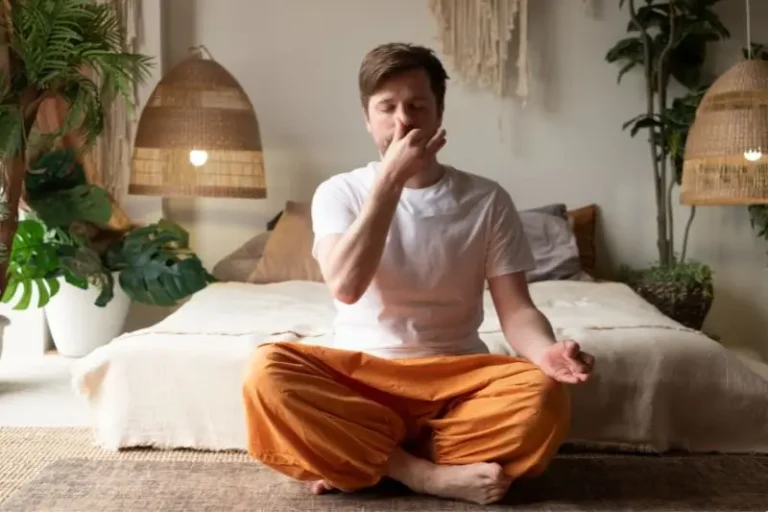Introduction
Bikram Yoga, also known as hot yoga, has gained immense popularity in recent years. With its unique combination of intense heat and a set sequence of 26 postures, this form of yoga offers a challenging and transformative experience. Whether you’re a seasoned yogi or a beginner looking to explore new practices, Bikram Yoga provides a platform for physical, mental, and spiritual growth. In this blog, we delve into the world of Bikram Yoga, exploring its origins, benefits, and what makes it such a captivating practice.
What is Bikram Yoga
Bikram Yoga, also known as hot yoga, is a unique style of yoga created by Bikram Choudhury. It is a series of 26 postures and two breathing exercises that are performed in a room heated to 105 degrees Fahrenheit. This intense heat is believed to help increase flexibility, improve circulation, detoxify the body, and enhance overall fitness. Bikram Yoga is known for its challenging nature, as the heat and humidity can make the practice physically demanding. However, it also provides an opportunity for practitioners to cultivate focus, discipline, and mental strength.
Bikram Yoga will give you ‘The Key to the Kingdom of Health’— Bikram Choudhury
Bikram Yoga Origins and History
Origins in Calcutta, India. Bikram Yoga traces its origins back to Calcutta, India in the mid-20th century. Its founder, Bikram Choudhury, was born in 1946 and began practicing yoga at a young age. He was introduced to yoga by his guru, Bishnu Ghosh, who was the younger brother of Paramahansa Yogananda, the author of the famous book “Autobiography of a Yogi. In the 1970s, Bikram Choudhury decided to introduce his style of yoga to the Western world. He moved to the United States and opened his first yoga studio in Los Angeles. The hot and humid environment he created in the studio was intended to replicate the conditions in Calcutta.
26 Steps of Bikram Yoga
Incorporating these 26 steps of Bikram Yoga into your practice, you can experience a myriad of benefits, including improved flexibility, increased strength, enhanced balance, and reduced stress levels.
1.Pranayama Breathing
Begin by focusing on your breath, taking deep inhales and exhales to calm the mind and connect with your body.
2. Half Moon Pose
This posture strengthens the legs, improves balance, and stretches the spine, helping to improve posture.
3. Awkward Pose
Strengthen the lower body and improve stability with this pose that targets the thighs, hips, and buttocks.
4. Eagle Pose
Enhance concentration, improve balance, and open up the shoulders and hips with this challenging posture.
5. Standing Head to Knee Pose
Increase flexibility in the hamstrings while developing core strength and concentration.
6. Standing Bow Pulling Pose
Stretch the entire front body and improve balance with this pose that mimics the shape of a bow.
7. Balancing Stick Pose
Develop strength in the lower body and improve posture with this challenging balancing posture.
8. Standing Separate Leg Stretching Pose
Stretch the entire back body and improve flexibility in the hamstrings, hips, and lower back.
9. Triangle Pose
Strengthen the legs, open up the hips, and improve spinal flexibility with this powerful pose.
10. Standing Separate Leg Head to Knee Pose
Deeply stretch the hamstrings, calves, and lower back while improving balance and concentration.
11. Tree Pose
Improve balance and focus while strengthening the legs and opening up the hips and shoulders.
12. Toe Stand Pose
Strengthen the ankles, improve balance, and stretch the calves with this grounding pose.
13. Dead Body Pose
Relax and rejuvenate the body and mind, allowing for complete release and deep rest.
14. Wind-Removing Pose
Aid digestion, massage the internal organs, and release tension in the lower back and hips.
15. Sit-up
Strengthen the core and increase abdominal strength with this classic exercise.
16. Cobra Pose
Open up the chest, stretch the abdominals, and improve spinal flexibility with this rejuvenating pose.
17. Locust Pose
Strengthen the entire back body, improve posture, and increase circulation with this energizing pose.
18. Full Locust Pose
Develop strength in the back, arms, and legs while improving posture and stimulating digestion.
19. Bow Pose
Stretch the entire front body, open up the shoulders and chest, and improve spinal flexibility.
20. Fixed Firm Pose
Stretch the thighs, knees, and ankles while increasing blood flow to the lower body.
21. Half Tortoise Pose
Calm the mind, stretch the spine, and improve circulation with this soothing posture.
22. Camel Pose
Open up the chest and throat, stretch the hip flexors, and energize the body with this invigorating pose.
23. Rabbit Pose
Stretch the spine, stimulate the thyroid gland, and improve digestion with this nurturing posture.
24. Head to Knee Pose
Deeply stretch the hamstrings and lower back while improving digestion and calming the mind.
25. Spine Twisting Pose
Improve spinal flexibility, aid digestion, and release tension in the back and neck.
26. Blowing in Firm Pose
Conclude your practice with cleansing breaths, expelling stale air and rejuvenating the body.
When to do Bikram Yoga, do the time
When it comes to practicing Bikram Yoga, it is important to find the right time that suits your schedule and preferences. The best time to do Bikram Yoga is typically in the morning as it helps to energize and invigorate your body for the day ahead. Many people wonder how long they should practice Bikram Yoga to reap its benefits. The ideal duration for a Bikram Yoga session is typically 90 minutes. This length of time allows for a complete and comprehensive practice that works on different muscle groups, promotes flexibility, and enhances overall physical and mental well-being.
Bikram Yoga benefits
One of the most notable benefits of practicing Bikram Yoga is its ability to improve flexibility and strength. The heat in the room allows your muscles to warm up quickly, making it easier to stretch and reach new limits. Over time, you will notice increased flexibility and improved range of motion, allowing you to move more freely in your daily life. Additionally, the various postures in Bikram Yoga engage and strengthen different muscle groups, resulting in improved overall strength and toning of your body.
Another significant advantage of Bikram Yoga is its ability to promote weight loss and detoxification. The intense heat and humidity in the room cause you to sweat profusely, which helps eliminate toxins from your body. This detoxification process not only clears your skin but also boosts your metabolism and aids in weight loss. Regular practice of Bikram Yoga can lead to increased calorie burn, improved digestion, and a healthier body composition.
Beyond the physical benefits, Bikram Yoga also has a profound impact on mental and emotional well-being. The practice incorporates deep breathing exercises and mindfulness, allowing you to connect with your breath and calm your mind. The heat in the room further aids in relaxation and stress reduction, helping you release tension and find inner peace. Regular practice of Bikram Yoga can improve sleep quality, reduce anxiety, and enhance overall mental clarity and focus.
Bikram Yoga Harmful effects
There are several issues with Bikram Yoga that may cause harm rather than benefit. One of the main concerns with Bikram Yoga is the extreme heat. Exercising in such high temperatures can lead to dehydration, heat exhaustion, and even heatstroke. The intense heat can put a strain on your body, causing your heart rate to increase and your blood pressure to rise. This can be particularly dangerous for individuals with underlying health conditions or those who are not accustomed to exercising in such extreme conditions.
Another potential harmful effect of Bikram Yoga is the risk of injury. The combination of intense heat and challenging postures can put stress on your muscles, ligaments, and joints, increasing the likelihood of strains, sprains, and other injuries. Additionally, the heat may mask the pain or discomfort that comes with pushing your body too far, leading to overexertion and further injury.
Furthermore, Bikram Yoga may not be suitable for everyone, especially those with certain medical conditions. The heat and physical demands of this practice can be particularly risky for individuals with cardiovascular problems, respiratory issues, or low blood pressure. It’s crucial to consult with your healthcare provider before starting any new exercise regimen, especially one as intense as Bikram Yoga.
Bikram Yoga Advice
If you are considering trying Bikram Yoga, it is important to keep a few things in mind. First and foremost, hydration is key. The high temperatures can cause you to sweat a lot, so be sure to drink plenty of water before, during, and after your practice. Another important piece of advice is to listen to your body. Bikram Yoga can be intense, so if something doesn’t feel right, don’t push yourself too hard. Finally, don’t forget to bring a towel and a change of clothes, as you will definitely work up a sweat during your Bikram Yoga session.
